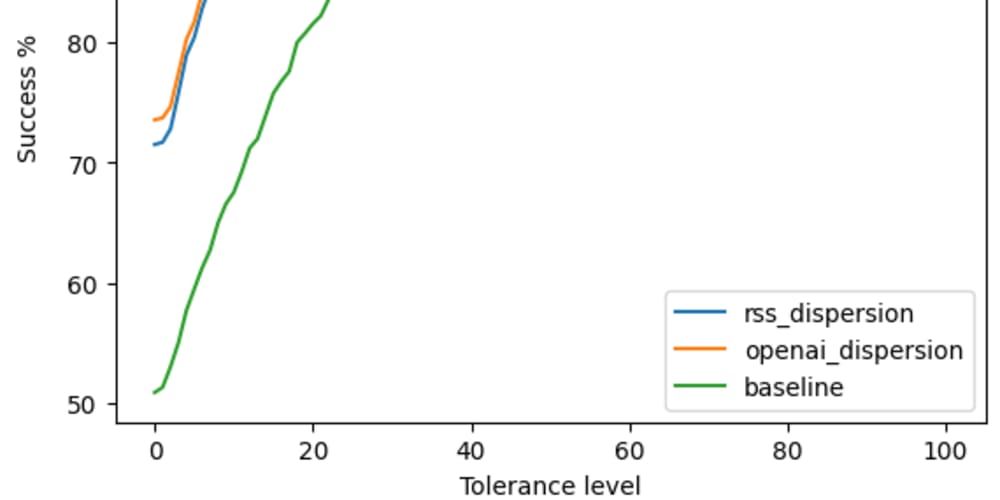<!DOCTYPE html>
The Essential Role of DevOps in Modern Software Development
<br>
body {<br>
font-family: Arial, sans-serif;<br>
margin: 0;<br>
padding: 0;<br>
background-color: #f4f4f4;<br>
}<br>
header {<br>
background-color: #333;<br>
color: #fff;<br>
padding: 20px;<br>
text-align: center;<br>
}<br>
main {<br>
padding: 20px;<br>
}<br>
h1, h2, h3 {<br>
color: #333;<br>
}<br>
img {<br>
max-width: 100%;<br>
height: auto;<br>
}<br>
.container {<br>
width: 80%;<br>
margin: 0 auto;<br>
background-color: #fff;<br>
padding: 20px;<br>
border-radius: 8px;<br>
box-shadow: 0 2px 5px rgba(0, 0, 0, 0.1);<br>
}<br>
.code {<br>
background-color: #eee;<br>
padding: 10px;<br>
border-radius: 4px;<br>
font-family: monospace;<br>
}<br>
The Essential Role of DevOps in Modern Software Development
Enhancing Collaboration and Efficiency
Introduction
In the fast-paced world of software development, delivering high-quality applications quickly and efficiently is paramount. Traditional siloed approaches, where development and operations teams worked in isolation, often resulted in bottlenecks, delays, and challenges in deployment and maintenance. This is where DevOps comes into play, revolutionizing the software development lifecycle by bridging the gap between development and operations.
DevOps is a set of practices, tools, and philosophies that aim to automate and integrate the processes of software development and IT operations. Its core principle is to foster collaboration and communication between developers, operations teams, and other stakeholders, resulting in faster delivery cycles, increased efficiency, and improved application quality.
Key Concepts and Techniques
1. Continuous Integration and Continuous Delivery (CI/CD)
CI/CD is a cornerstone of DevOps, emphasizing automation and continuous improvement throughout the development pipeline. It involves:
-
Continuous Integration:
Developers frequently merge their code changes into a central repository, triggering automated builds and tests to identify integration issues early on. This reduces the risk of conflicts and ensures code quality. -
Continuous Delivery:
Code that passes automated tests is automatically deployed to various environments (e.g., development, staging, production), minimizing manual intervention and accelerating the delivery process.

2. Infrastructure as Code (IaC)
IaC treats infrastructure (servers, networks, databases, etc.) as code, enabling developers to define, manage, and provision infrastructure using automation tools like Terraform or Ansible. This eliminates manual configuration errors and promotes consistency across environments.

3. Monitoring and Logging
Comprehensive monitoring and logging tools are essential for understanding application performance, identifying issues, and troubleshooting problems. These tools capture real-time data, provide insights into system behavior, and help teams react quickly to incidents.

4. Automation
DevOps thrives on automation, streamlining repetitive tasks and reducing manual effort. This includes automating builds, deployments, testing, infrastructure provisioning, and more. Automation tools like Jenkins, Ansible, and Kubernetes play a crucial role in achieving this.

Benefits of DevOps
-
Faster Delivery Cycles:
DevOps reduces lead time by automating tasks and streamlining the development process, enabling teams to release software updates more frequently. -
Improved Quality:
Continuous integration and automated testing ensure code quality and prevent bugs from reaching production. -
Enhanced Collaboration:
DevOps fosters collaboration between development and operations teams, breaking down silos and promoting cross-functional communication. -
Increased Efficiency:
Automation and streamlined workflows reduce manual effort, allowing teams to focus on higher-value tasks. -
Greater Reliability:
Monitoring and logging tools enable teams to identify and resolve issues quickly, ensuring application stability and reliability. -
Improved Innovation:
By accelerating delivery cycles, DevOps allows teams to experiment and innovate faster, bringing new features and improvements to market quicker.
Implementation Steps
1. Establish a Culture of Collaboration
DevOps is as much about cultural change as it is about technology. Teams need to embrace a culture of collaboration, communication, and shared responsibility for the entire software development lifecycle.
2. Choose the Right Tools
Select tools that support CI/CD, IaC, monitoring, and other DevOps practices. This includes version control systems (Git), build tools (Jenkins, Maven), infrastructure provisioning tools (Terraform, Ansible), and monitoring platforms (Datadog, Prometheus).
3. Start Small and Iterate
Don't try to implement everything at once. Begin with a small project and gradually expand the scope as you gain experience and build momentum. Continuously monitor your progress and make adjustments along the way.
4. Automate, Automate, Automate!
Identify repetitive tasks and automate them using scripting or tools. Automation is essential for efficiency and consistency in DevOps.
5. Focus on Continuous Improvement
DevOps is an ongoing journey. Continuously analyze your processes, identify areas for improvement, and make changes to optimize your workflow.
Examples and Use Cases
1. Continuous Delivery of Web Applications
A web application development team uses CI/CD to automate the build, testing, and deployment process. Developers push code changes to a Git repository, triggering automated builds and tests. If the code passes tests, it is automatically deployed to staging and then to production, ensuring rapid and consistent updates.
2. Infrastructure Management with Terraform
A cloud infrastructure team utilizes Terraform to define and manage infrastructure resources (servers, networks, databases) as code. Terraform allows teams to provision and configure infrastructure consistently across different environments, eliminating manual errors and improving efficiency.
3. Automated Monitoring and Alerting
An application monitoring team uses Datadog to monitor the performance and availability of web applications. Datadog collects metrics, logs, and traces, providing real-time insights into application behavior. Automated alerts are triggered when issues arise, enabling teams to respond quickly and proactively.
Conclusion
DevOps has become an indispensable approach for modern software development, driving efficiency, collaboration, and innovation. By embracing CI/CD, IaC, automation, monitoring, and a culture of continuous improvement, teams can accelerate software delivery, enhance quality, and deliver exceptional user experiences. As the software development landscape continues to evolve, DevOps will remain crucial for businesses to stay competitive and thrive in the digital age.


















